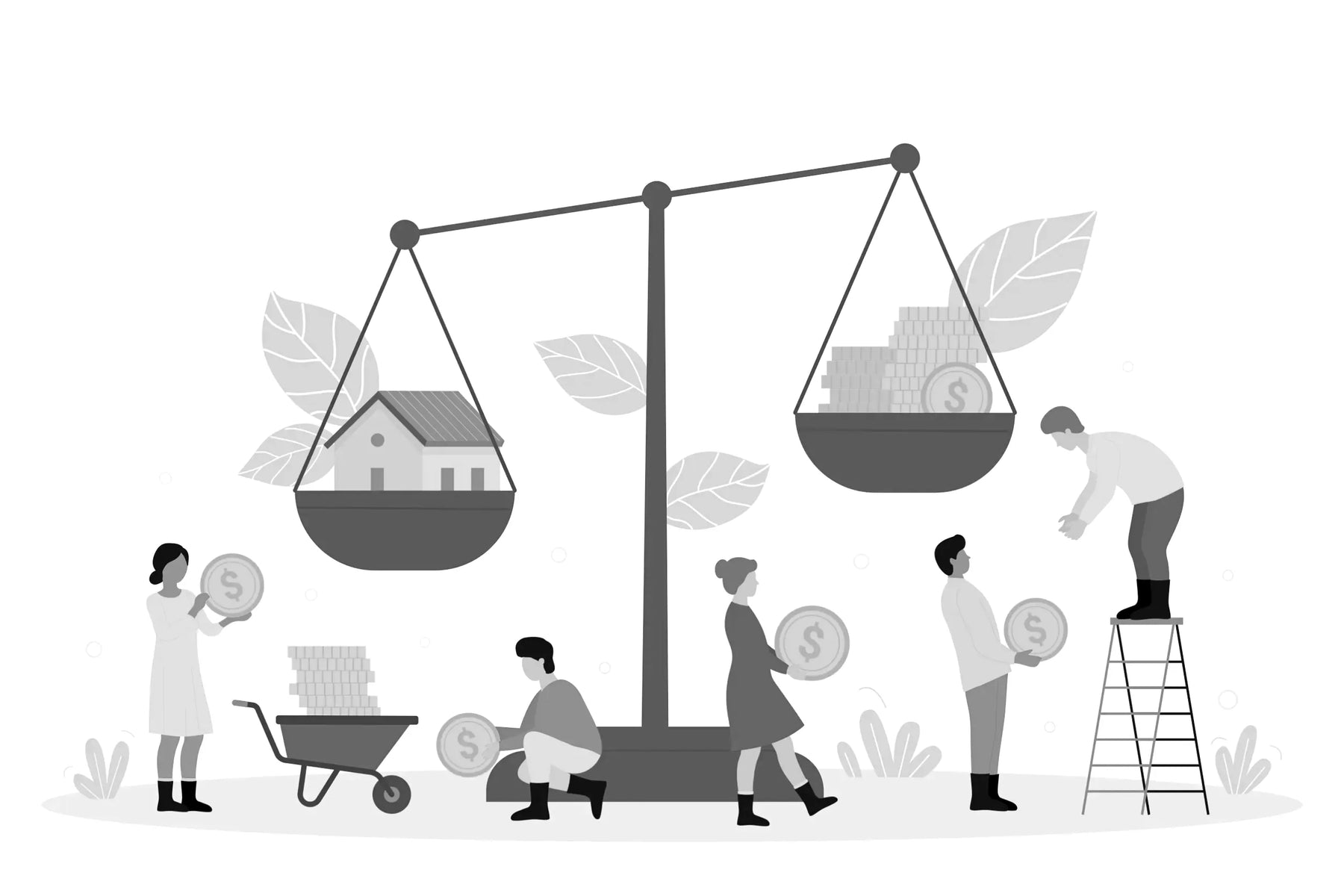
Investing in Freeze-Dried Food vs. Gold: A Surprising Financial Showdown
In a world of economic uncertainty, many people turn to traditional stores of value, such as gold, to hedge against inflation and protect their wealth. However, an unlikely competitor is emerging as a potentially lucrative investment: freeze-dried food.
In this blog, we will compare the long-term financial benefits of investing in freeze-dried food with those of investing in gold, revealing how the former could potentially outshine the latter as a smart investment choice.
The Freeze-Drying Process
Freeze-drying is a state-of-the-art food preservation method that significantly extends the shelf life of various food items, including fruits, vegetables, meats, and dairy products. The process involves freezing the food and then removing the moisture through a process called sublimation, in which ice turns directly into vapour without passing through the liquid phase. The result is lightweight, nutrient-rich food with minimal changes to its original taste, texture, and appearance.
Gold as an Investment
Gold has long been considered a reliable store of value and a hedge against inflation. It has a track record of holding its value during economic downturns and geopolitical turmoil. Historically, gold has had an average annual return of around 8.1% over the past 50 years. However, gold's performance can vary significantly depending on the time frame and market conditions.
Freeze-Dried Food: A Financially Sound Alternative
When comparing the financial benefits of investing in freeze-dried food and gold, it is essential to consider factors such as the return on investment (ROI), inflation, and market fluctuations.
In our example, we will compare an investment of R1,000 in gold and freeze-dried food over a 25-year period. For gold, we will use its historical average annual return of 8.1%. For freeze-dried food, we will use the current (as of April 2023) the South African food inflation rate of 16% and project this over 25 years.
At the end of the 25-year period, a R1,000 investment in gold would grow to approximately R6,850, resulting in an ROI of 685%. Meanwhile, a R1,000 investment in freeze-dried food would result in savings of approximately R118,840 when accounting for the 16% food inflation rate, leading to an astounding ROI of 11,884%.
| Investment | ROI after 25 years |
|---|---|
| Gold (R1,000) | 685% (R6,850) |
| Freeze-Dried Food (R1,000) | 11,884% (R118,840) |
From this comparison, investing in freeze-dried food appears to outperform investing in gold over a 25-year period. However, one needs to keep in mind that this example is simplified and does not account for various factors such as storage costs, liquidity, and market fluctuations.
Additional Benefits of Investing in Freeze-Dried Food
Beyond the financial advantages, it goes without saying that you cannot eat gold and investing in freeze-dried food offers several other benefits, including:
- Food security: Freeze-dried food has an extended shelf life of up to 25 years, providing a stable food supply for you and your family during times of uncertainty.
- Emergency preparedness: Natural disasters, economic downturns, and supply chain disruptions can impact the availability and affordability of food. A long-lasting, nutritionally dense food supply on hand ensures preparedness for unexpected situations.
- Protection from inflation: By purchasing freeze-dried food today, you can lock in current prices, insulating yourself from the negative impacts of inflation and rising food costs.
Conclusion
While gold has traditionally been considered a reliable store of value and a hedge against inflation, investing in freeze-dried food can offer surprising financial benefits and outperform gold in specific scenarios. With an impressive ROI, long shelf life, and protection from inflation, freeze-dried food is a compelling alternative investment for those looking to diversify their portfolio and secure their food supply.

Leave a comment